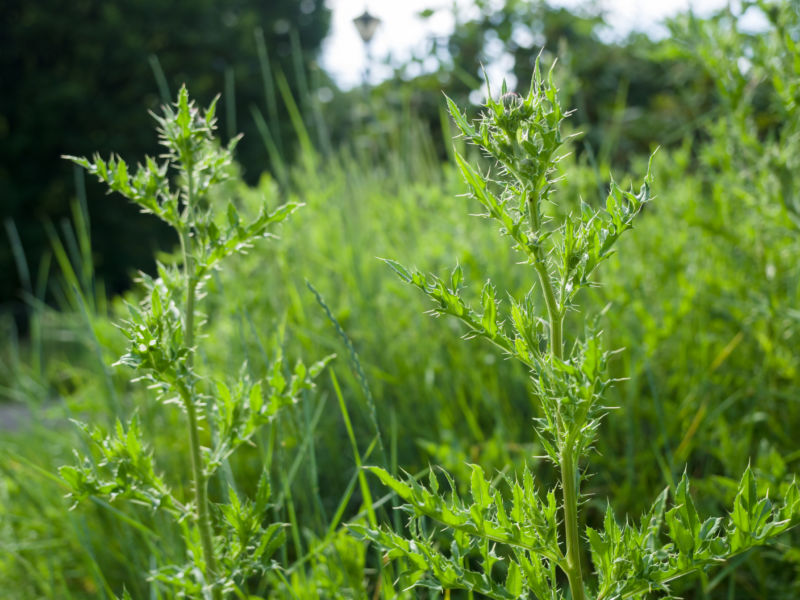Plants repeatedly got rid of their ability to obtain their own nitrogen

Enlarge / Plants. (credit: James Petts / Flickr)
Plants, like all living things, need nitrogen to build amino acids and other essential biomolecules. Although nitrogen is the most abundant element in air, the molecular form of nitrogen found there is largely unreactive. To become useful to plants, that nitrogen must first be "fixed," or busted out of its molecular form and linked with hydrogen to make ammonia. The plants can then get at it by catalyzing reactions with ammonia.
But plants can't fix nitrogen. Bacteria can.
Some legumes and a few other plants have a symbiotic relationship with certain bacterial species. The plants build specialized structures on their roots called nodules to house and feed the bacteria, which in turn fix nitrogen for the plants and assure them a steady supply of ammonia. Only 10 families of plants have the ability to do this, and even within these families, most genera opt out. Ever since the symbiosis was discovered in 1888, plant geneticists have wondered: why? If you could ensure a steady supply of nitrogen for use, why wouldn't you?
Read 9 remaining paragraphs | Comments